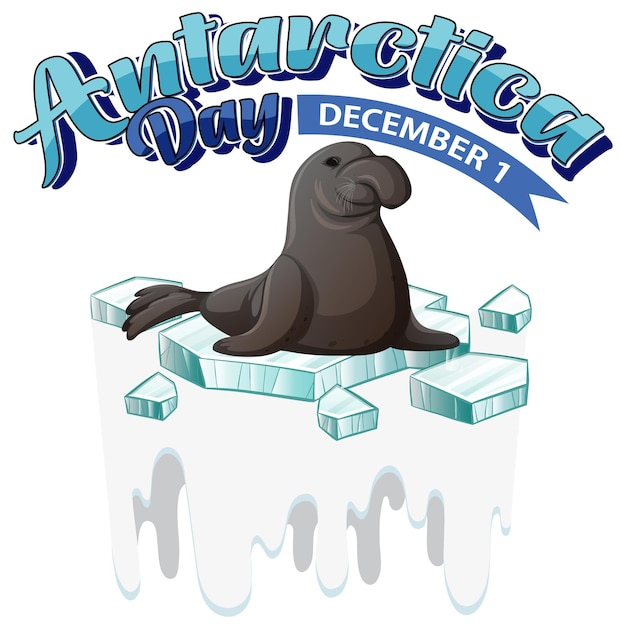Interesting Facts About Walruses

Walruses are known for their iconic tusks, which can grow up to three feet long.
Male walruses can weigh up to 3,700 pounds, making them one of the largest marine mammals.
Walruses have a thick layer of blubber that helps them regulate their body temperature in freezing Arctic waters.
Walruses have a unique whisker system that helps them locate food in the dark depths of the ocean.
These marine mammals can hold their breath for up to 30 minutes while diving for food.
Walruses have a complex social structure and often form large herds on the ice.
Despite their size, walruses are surprisingly agile in the water, with the ability to swim up to 35 miles per hour.
Walrus calves are born with a layer of whiskers, allowing them to locate their mother’s nipples and nurse right after birth.
The scientific name for the walrus is Odobenus rosmarus, which means tooth-walking sea horse.
Walruses use their tusks for various purposes, including digging for food and helping them climb onto ice floes.
These marine mammals are known for their loud vocalizations, which can be heard miles away.
Walruses have a lifespan of up to 40 years in the wild.
Walrus populations are predominantly found in the Arctic regions, including the coasts of Alaska, Canada, Greenland, and Russia.
The diet of walruses consists mainly of benthic organisms such as clams, snails, and worms.
These magnificent creatures are well adapted to living in a harsh and icy environment.
Interesting Facts About Walruses part 2
The population of walruses has been declining due to habitat loss and hunting.
Walruses have an important role in the ecosystem as they help maintain the balance of certain marine populations.
Walruses have a slow breeding rate, with females typically giving birth to one calf every two to three years.
The distinctive appearance of a walrus makes it easily recognizable and a favorite subject for artists and photographers.
Walruses spend a significant amount of time on land or ice, known as haulouts, where they rest, molt, and socialize.
The skin of a walrus has a thick layer of fat underneath, which provides excellent insulation in cold temperatures.
Walruses have been a part of indigenous cultures for thousands of years, with their ivory tusks being highly valued for carving.
The walrus is considered a keystone species, as it plays a crucial role in shaping its Arctic habitat.
Walruses can sleep in the water by floating on their backs and tucking their hind flippers under their body.
Walruses have excellent hearing and can detect sounds both in the water and on land.
The whiskers of a walrus are highly sensitive, allowing them to detect vibrations and changes in water pressure.
The population of Pacific walruses is estimated to be around 200,000 individuals.
Walruses are excellent swimmers, thanks to their streamlined body shape and powerful flippers.
The migration patterns of walruses are influenced by sea ice conditions, as they rely on it for resting and birthing.
Walruses have been depicted in popular culture, such as in books, movies, and cartoons.
The walrus has a relatively low natural predator due to its sheer size and formidable tusks.
The blubber of a walrus is used for energy storage and insulation, allowing them to survive in extremely cold waters.
A group of walruses in the water is called a pod, while a group on land or ice is called a haulout.
The flippers of a walrus are incredibly dexterous, allowing them to manipulate objects and catch prey.
Walruses are known to exhibit playful behavior, often seen engaging in games with each other.
The thick skin of a walrus is covered in wrinkles, giving them a distinctive appearance and making them more hydrodynamic.
Walruses are considered a vulnerable species due to the ongoing threat of climate change and habitat degradation.
Walruses communicate with each other through a series of grunts, clicks, and bellows.
The tusks of a walrus continue to grow throughout their lifetime, with males usually having longer tusks than females.
Walruses have been observed using their tusks as ice picks to create holes in the ice.
Walruses have been known to form rafts by huddling together on ice or in shallow water, providing safety and warmth.
The ivory tusks of a walrus serve a display purpose during mating rituals and dominance displays.
The ancient Greeks believed that the walrus was a hybrid creature, half elephant and half fish.
Walruses have few natural predators, but they may fall prey to polar bears or killer whales on occasion.
Walruses are a symbol of resilience and adaptability, as they have managed to survive in one of the most extreme environments on Earth.

